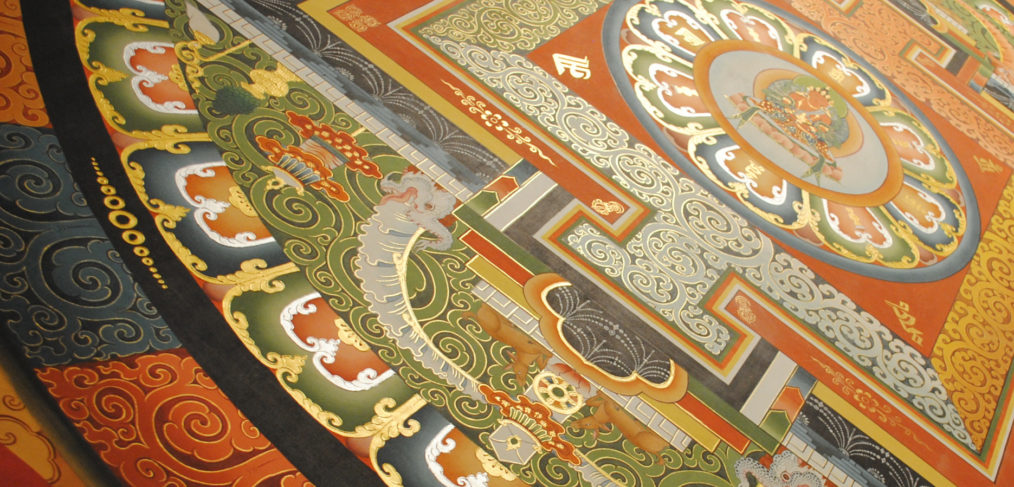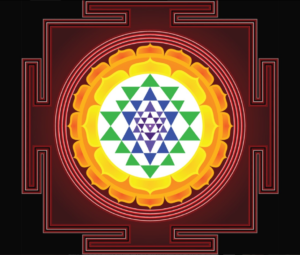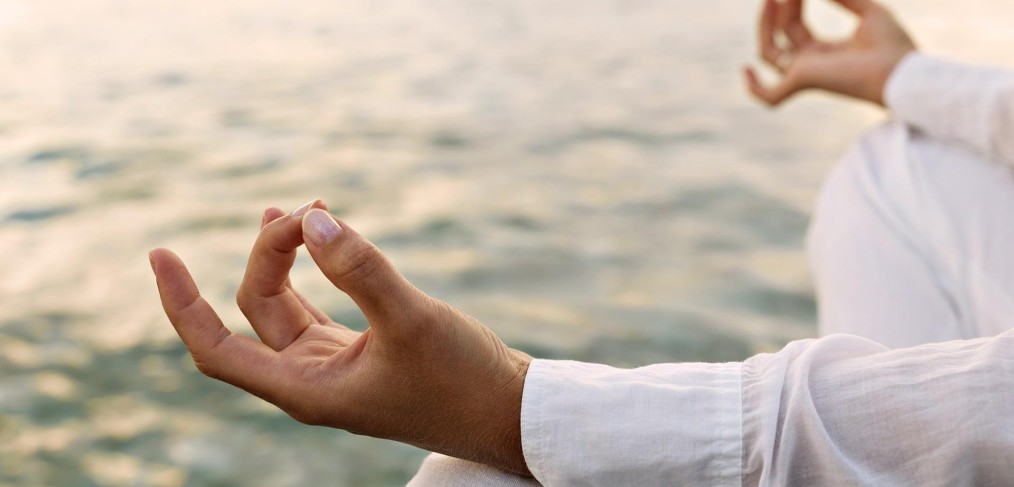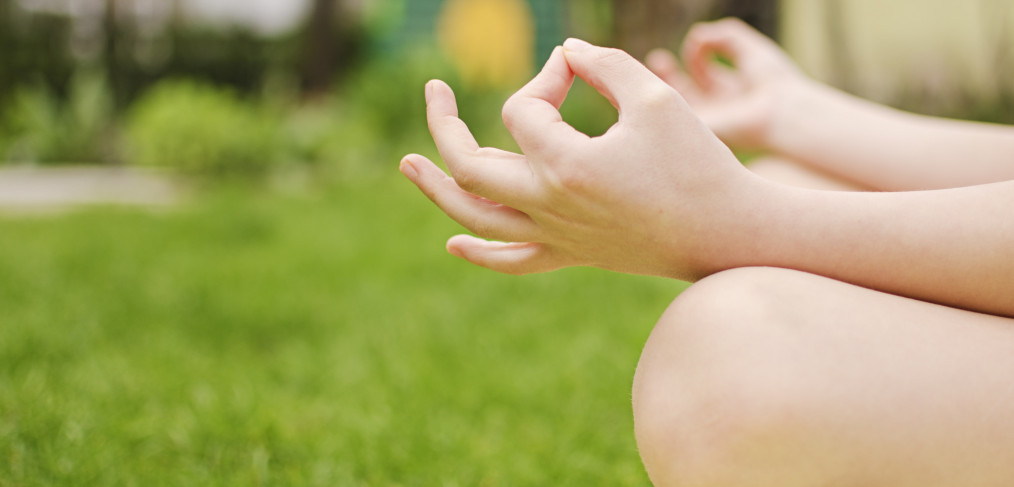Music… loved, cherished, and admired by humans for countless ages. It’s shaped culture and society in very profound ways. It has started social revolutions and shifts in collective consciousness. There is a magical feeling that can come from music and its enchanting spell has affected billions of people in sometimes life-changing ways, as it continues to do to this day.
In recent decades, many studies have been done on music to see exactly how much of an impact and just how influential it is on human beings and other sentient life. The discoveries are absolutely fascinating.
Music as a Healer
Mystics, sages, and others have mused about the healing properties of music. They realized such qualities existed because they experienced them first-hand. As convincing such evidence may have been for such individuals, such proof does not hold precedence in modern western society, where scientific empiricism reigns supreme. Thankfully, many studies have been done to show that music does indeed have healing powers.
If a person has a stroke on the left side of the brain, where the speech centers are located in most people, that “wipes out a major part of communication,” said Dr. Gottfried Schlaug, chief of the Cerebrovascular Disorder Division and Stroke-Recovery Laboratory at Beth Israel Deaconess Medical Center. But if the right side, where a lot of music is processed, is intact, some stroke patients can use “melodic intonation therapy,” which involves singing using two tones (relatively close in pitch) to communicate.
Schlaug’s research suggests that with intense therapy some patients can even move from this two-tone singing back to actual speech. Stroke patients with gait problems also profit from neurologically based music therapy. At the Center for Biomedical Research in Music at Colorado State University in Ft. Collins, director Michael Thaut and his team have shown that people partially paralyzed on one side can retrain to walk faster and in a more coordinated way if they practice walking rhythmically, cued by music or a metronome. Combining rhythmic training with physical therapy also helps stroke patients recover gait faster.
A number of studies show that music therapy – the use of music for medical goals – can reduce pain. In a 2001 study on burn patients, whose burns must be frequently scraped to reduce dead tissue, researchers found that music therapy significantly reduced the excruciating pain. Patients undergoing colonoscopy also seem to feel less pain and need fewer sedative drugs if they listen to music during the procedure, according to several studies. Another study done at Glasgow Caledonian University found that people who were listening to their favorite music felt less pain and could stand pain for a longer period.
Music therapy may also improve mental state and functioning in people with schizophrenia, according to a 2007 Cochrane review. Premature infants who listen to lullabies learn to suck better and gain more weight than those who don’t get music therapy. And Deforia Lane, director of music therapy at the University Hospitals Ireland Cancer Center in Cleveland, has found an improvement in immune response among hospitalized children who played, sang, and created music compared to children who did not get music therapy.
Finally, research conclusions have identified how the affect of music could replicate the effects of hormone replacement therapy in the prevention of Alzheimer’s disease and dementia.
Sound is a Harmonic Healer
Wave forms and frequencies permeate everything from the smallest sub-atomic particles to the largest structures – through solid objects and energy fields – even our thoughts and emotions. When we are feeling good, all aspects of our being can be said to be in harmony. When we are experiencing discomfort on any level, or sickness occurs, the vibrations of certain sounds can help bring us back to a harmonic, healthy state.
Along with healing and transformation, making sounds through sacred instruments or our voices has been a joyful part of human life throughout human history. It is only recently that watching TV or listening to recordings has virtually replaced the pleasure of making sounds together. Modern science is proving how sound vibrations can improve health and enhance our lives. A research team in Sweden discovered the most effective way of clearing blocked sinus passages was humming! Some participants in these sound healing sessions have noted how relaxing and uplifting the experience is, while others find it has helped relieve pain, bring them to a more joyful state, and many other benefits.
The Awe of Music
Music has also been shown to have the wonderful power to awe humans. Scientists at the Montreal Neurological Institute, for instance, have found dramatic evidence on brain scans that the “chills,” or a visceral feeling of awe, that people report listening to their favorite music are real.
Music that a person likes – but not music that is disliked – activates both the higher, thinking centers in the brain’s cortex, and, perhaps more important, also the “ancient circuitry, the motivation and reward system,” said experimental psychologist Robert Zatorre, a member of the team.It’s this ancient part of the brain that, often through the neurotransmitter dopamine, also governs basic drives such as for food, water, and sex, suggesting the tantalizing idea that the brain may consider music on a par with these crucial drives.
Listen to Music, Develop More Neurons
Music, the universal language of mood, emotion and desire, connects with us through a wide variety of neural systems. Researchers have discovered evidence that music stimulates specific regions of the brain responsible for memory, language and motor control. They have located specific areas of mental activity linked to the emotional responses elicited by music. An outstanding discovery recently has shown that children listening to music have increased neural development. Neurons are the oldest and longest cells in the body. You have many of the same neurons for your whole life.
Although other cells die and are replaced, many neurons are never replaced when they die. In fact, you have fewer neurons when you are old compared to when you are young. However , data published in November 1998 show that in one area of the brain (the hippocampus), neurons can in fact grow in adult humans as well. The discovery that new neurons develop in children can also mean that they can develop in an adult. It would seem a reasonable assumption, although it is not yet clear empirically if this is the case, but those that cherish and love music will tell you anecdotal evidence that they feel they do have more brain power than before.
The Brain Loves Harmony
“Undeniably, there is a biology of music,” according to Harvard University Medical School neurobiologist Mark Jude Tramo. He sees it as beyond question that there is specialization within the brain for the processing of music. Music is a biological part of life as surely as it is an aesthetic part. Studies as far back as 1990 found that the brain responds to harmony. Using a PET scanner to monitor changes in neural activity, neuroscientists at McGill University discovered that the part of the brain activated by music is dependent on whether or not the music is pleasant or dissonant.
The brain grows in response to musical training in the way a muscle responds to exercise. Researchers at Beth Israel Deaconess Medical Center in Boston discovered that male musicians have larger brains than men who have not had extensive musical training. The cerebellums, that part of the brain containing 70% of the total brain’s neurons, were 5% larger in expert male musicians. Researchers have found evidence of the power of music to affect neural activity no matter where they looked in the brain, from primitive regions found in animals to more recently evolved areas thought to be strictly human such as the frontal lobes. Harmony, melody and rhythm invoke distinct patterns of brain activity.
Attaining Full Consciousness Through Music
Attaining full consciousness, meaning that one utilizes both sides of the brain equally has been shown to manifest in musicians and those who are exposed to music for a good portion of their life. Vanderbilt University psychologists have found that professionally trained musicians more effectively use a creative technique called divergent thinking, and also use both the left and the right sides of their frontal cortex more heavily than the average person.
Instrumental musicians often integrate different melodic lines with both hands into a single musical piece, and they have to be very good at simultaneously reading the musical symbols, which are like left-hemisphere-based language, and integrating the written music with their own interpretation, which has been linked to the right hemisphere. The researchers also found that, overall, the musicians had higher IQ scores than the non-musicians, supporting recent studies that intensive musical training is associated with an elevated IQ score.
A Music-Memory Connection
Music surprises us yet again; this time revealing that it helps us remember. In a recent study, Petr Janata, a cognitive neuroscientist at University of California, Davis said that “what seems to happen is that a piece of familiar music serves as a soundtrack for a mental movie that starts playing in our head. It calls back memories of a particular person or place, and you might all of a sudden see that person’s face in your mind’s eye.” Janata began suspecting the medial pre-frontal cortex as a music-processing and music-memories region when he saw that part of the brain actively tracking chord and key changes in music.
He had also seen studies which showed the same region lighting up in response to self-reflection and recall of autobiographical details. In his own study, Janata saw that tunes linked to the strongest self-reported memories triggered the most vivid and emotion-filled responses – findings corroborated by the brain scan showing spikes in mental activity within the medial prefrontal cortex.
The brain region responded quickly to music signature and timescale, but also reacted overall when a tune was autobiographically relevant. Furthermore, music tracking activity in the brain was stronger during more powerful autobiographical memories. This latest research could explain why even Alzheimer’s patients who endure increasing memory loss can still recall songs from their distant past.
Music as an Identifier of Emotions
In a study detailed in the European Journal of Neuroscience, an interdisciplinary Northwestern research team for the first time provides biological evidence that musical training enhances an individual’s ability to recognize emotion in sound, which is quite a useful skill in any facet of life. The study, funded by the National Science Foundation, found that the more years of musical experience musicians possessed and the earlier the age they began their music studies also increased their nervous systems’ abilities to process emotion in sound.
Previous research has indicated that musicians demonstrate greater sensitivity to the nuances of emotion in speech. In fact, recent studies indicated that musicians might even be able to sense emotion in sounds after hearing them for only 50 milliseconds.
Immerse Yourself in Music
By now, the intimate role musical harmonics play in your life should be abundantly clear to you. There’s so many incredible benefits you can have to your overall wellness by incorporating music into your daily life, be it listening to music in whatever way you do, playing an instrument for fun or professionally, or using specifically designed healing music right before bed or in a meditation session.
However you use music in your life, you will definitely experience the physical, mental, emotional, and spiritual benefits that music provides us. Enhance your life experience with the added element of music whenever you are able to and you will find yourself living a more surreal and more transcendent life.
www.choki.org
Follow us on Facebook!
Author: Paul Lenda / Wake up World











